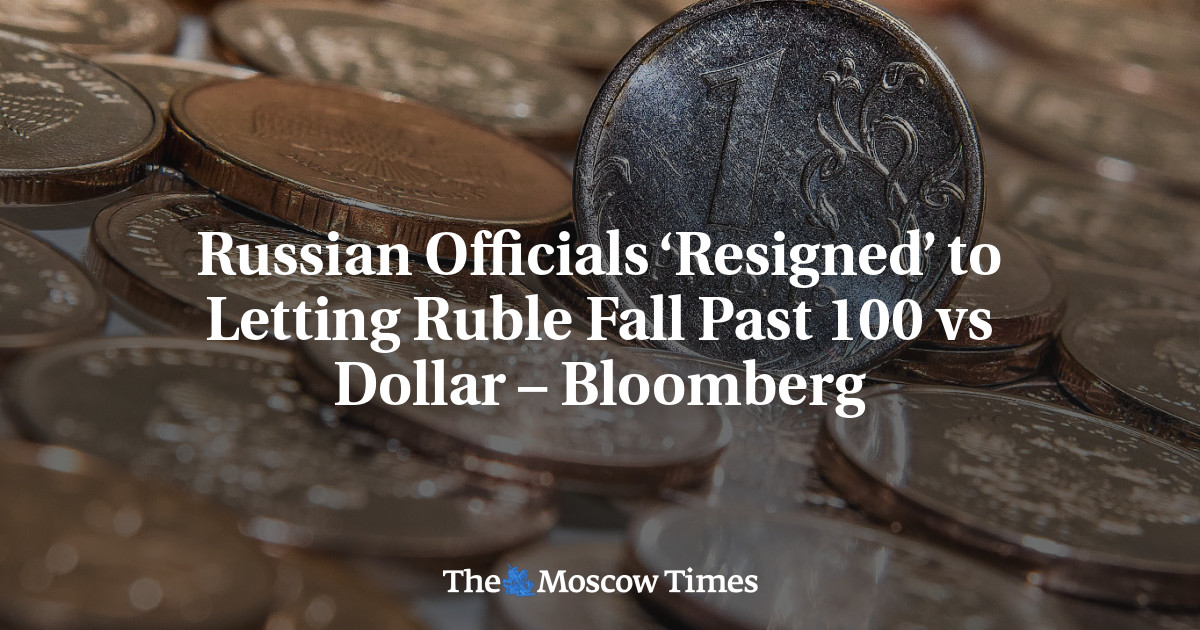
Russian authorities will no longer try to prevent the ruble from falling past 100 against the U.S. dollar as they expect the low exchange rate will benefit Russia’s state budget amid plans for more wartime spending, Bloomberg reported Tuesday, citing two anonymous sources familiar with the situation.
Shortly after the full-scale invasion of Ukraine, Russia’s Central Bank introduced capital controls to limit the impact of Western sanctions, surging energy prices and a collapse in imports. The move helped the ruble to become the world’s best-performing currency for much of 2022 after it plunged past the psychological threshold of 100 against the dollar amid the outbreak of war.
But the ruble began trading with more volatility in 2023 as Europe halted Russian oil and gas imports and the G7 imposed a price cap on Russian seaborne crude oil and petroleum products. Since then, Russia’s Central Bank has hiked interest rates several times, and President Vladimir Putin ordered 43 key companies to sell part of their foreign currency earnings on the domestic market.
“In the current situation, 100 rubles per dollar isn’t so scary, although it does have a certain inflationary effect,” Bloomberg quoted former top Bank of Russia official Oleg Vyugin as saying.
The ruble fell by 9% against the dollar and 11% against the Chinese yuan — which Russia used increasingly over the past two years — after U.S. sanctions against the Moscow Exchange prompted it to halt dollar and euro trading in June.
Russia’s Economic Development Ministry forecasts the ruble to average 96.5 per dollar in 2025 compared to 91.2 this year.
Meanwhile, Russia’s Central Bank may raise its key rate to 20% next week to cool Russia’s overheating war economy and slow inflation, Bloomberg said. The Central Bank last raised rates to that level as an emergency measure soon after the full-scale invasion.